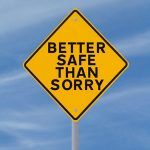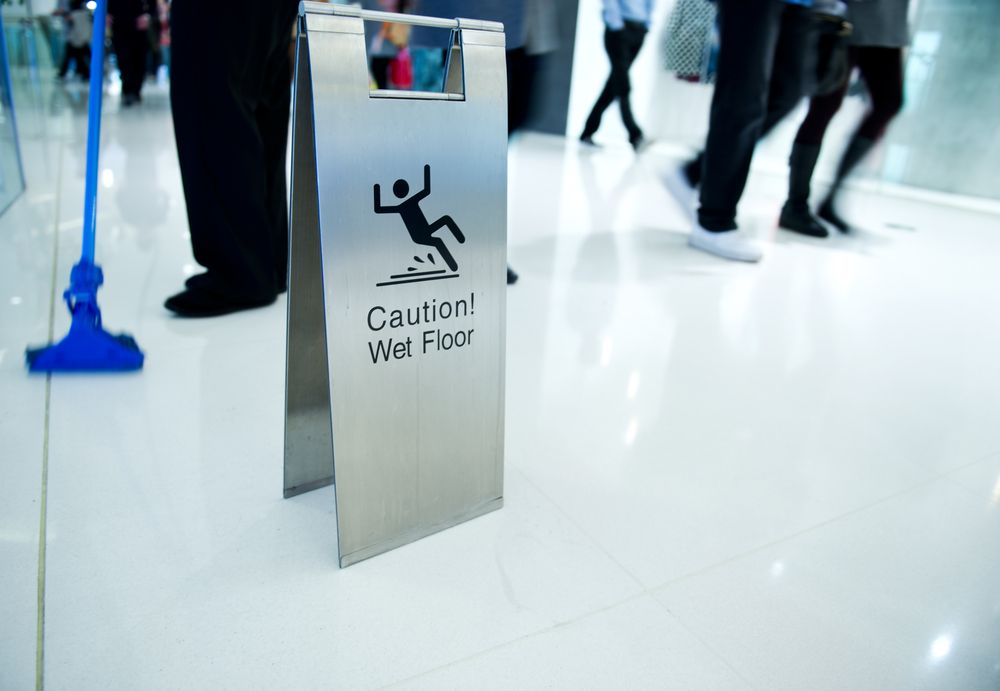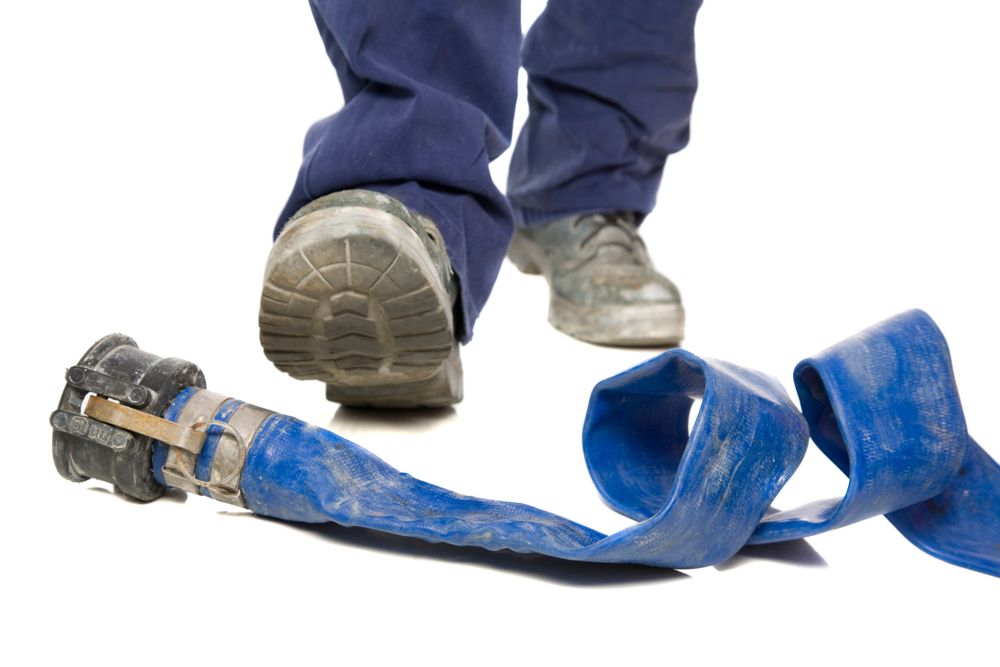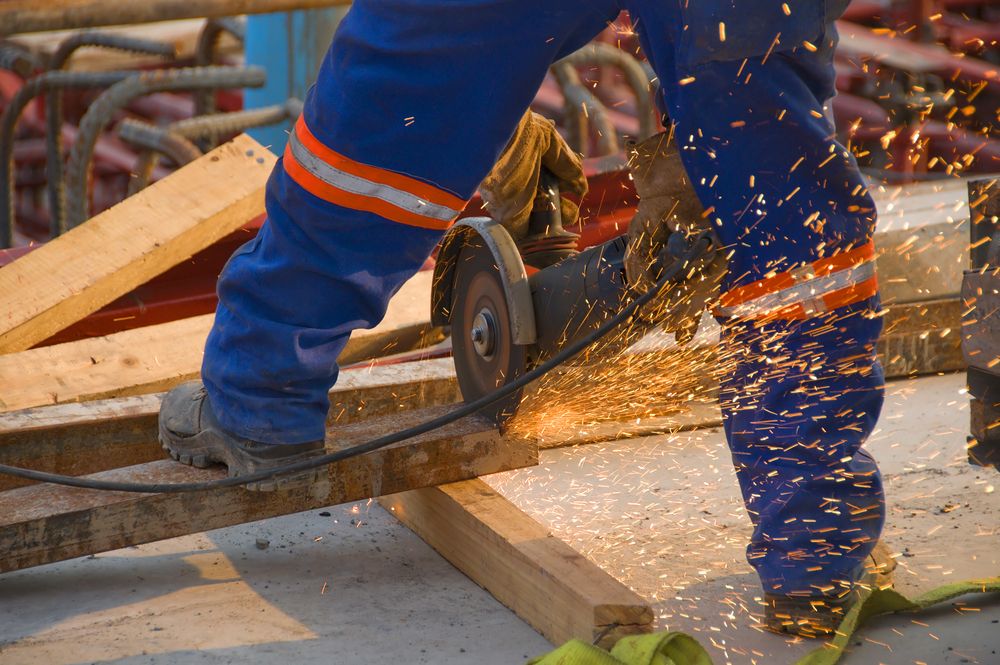
Types of Hazards Found in the Workplace
 Even though we want to think of our jobs as a safe place, every workplace comes with inherent hazards.
Even though we want to think of our jobs as a safe place, every workplace comes with inherent hazards.
Companies can work diligently to remove or avoid as many as possible (which they should), but a few will invariably remain.
Let’s take a look at some of the more common workplace hazards, how to avoid them and how to handle them.
6 Common Workplace Hazards
 Here are six workplace hazards that are commonly seen in Canada:
Here are six workplace hazards that are commonly seen in Canada:
- Physical hazards– these are some of the most significant issues in the modern workplace. These hazards can include wet floors, trip-and-slip-hazards, poor lighting, excessive noise, extremes in temperature, and so many others. Depending upon your profession, some of these are difficult to avoid.
- Safety risks– while some would bundle this in with physical hazards, safety risks can stand as their own grouping. These include risks from things like falling debris, electrical issues, fires, and things of that nature. These types of things should not be tolerated in the workplace.
- Chemical hazards– this category includes things like gases, fumes, dust, and liquids. For some professions, these substances are a part of their job.
- Ergonomic hazards– items in this category include things like repetitive motion, workstation setup, and equipment design. While these hazards can happen anywhere, office settings are prime for these types of risks.
- Biological hazards– items in this category include things like animals, mold, bacteria, sewage, harmful plants, vermin, viruses, and other bodily fluids. Labs and other medical research settings are places where an employee encounters these as part of their job.
- Psychosocial hazards– things in this category include any kind of risk that could affect a person’s mental health and well-being. This includes things like workplace bullying, sexual harassment, workplace violence, and excessive stress. While stress is a part of most jobs, none of these other items listed should be a part of any workplace.
Depending on the nature and definition of your organization and your workplace, some or all of these these hazards may be present, and the degree to which they affect personnel and operations will vary.
How to Identify Workplace Hazards
 Now that you know the primary types of workplace hazards, the next question becomes, what do you do about them?
Now that you know the primary types of workplace hazards, the next question becomes, what do you do about them?
In some professions, an inherent level of risk comes with the job.
Construction workers are exposed to dust all the time. Scientists in laboratories encounter strange bacteria and examine bodily fluids as part of medical testing. Animal rescue workers encounter animals as part of their jobs.
The risks these things pose cannot be avoided, right?
Not necessarily!
How to Avoid Hazards & Prepare for Hazards
 While some professions require interaction with some dangerous materials, not all of them do.
While some professions require interaction with some dangerous materials, not all of them do.
Just because a construction worker is exposed to dust that doesn’t mean it’s okay to expose a food service worker to some dust in their environment.
The construction worker is prepared and has the proper equipment for it; the food service worker does not.
Just because a scientist in a lab encounters mold doesn’t mean it’s okay to expose a building of office workers to mold.
Talk to ACT About Identifying & Avoiding Workplace Hazards
Companies need to take every precaution to ensure their workers are not exposed to the hazards and have a plan in place if they are.
Repeated exposure to hazards will cause health problems for your staff and open you up to liability.
Reduce your risk by working to remove and limit exposure to these hazards in your workplace. Both your employees and your risk management insurance carrier will thank you.
For more on workplace hazards and how to ensure that you are doing your utmost to prepare for and mitigate them, talk with Advanced Consulting & Training today.


